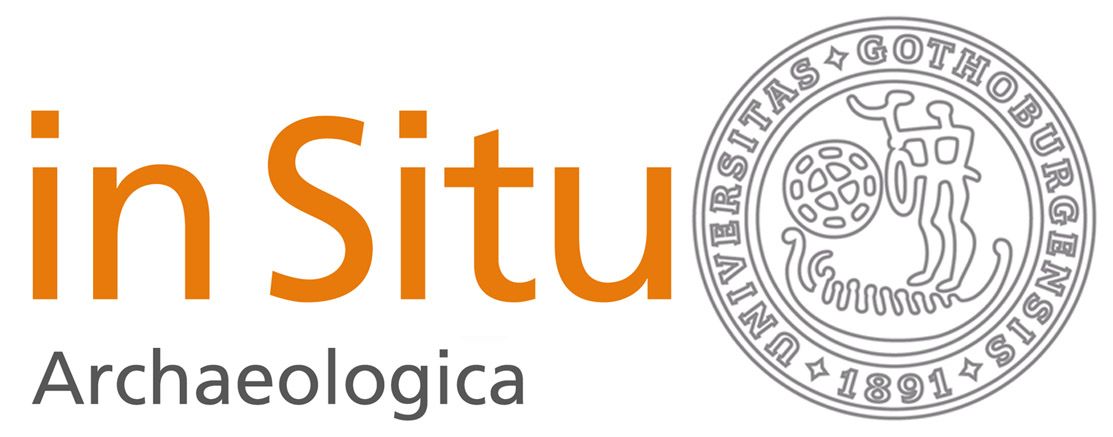The 536 Dust Veil Event and the long 6th century
DOI:
https://doi.org/10.58323/insi.v15.8665Abstract
When Bo Gräslund (2008) argued that two years without summer in the late 530s was the reality behind the Fimbulwinter myth, it became acceptable once again to blame the climate and weather for radical societal changes. In the years since the 2008 article, the Dust Veil Event seems to have caused every 6th century change, even though a few critics have raised their voices against these interpretations. Recently, several authors have highlighted datasets that do not work with monocausal interpretation, and this critique has gained support. This leads to the fundamental question: how – if at all – did the Dust Veil Event affect Scandinavian societies? And following this: what methodology can we use to explore such an intricate problem? As disasters are inherently social phenomena, climatic change results in disaster only if societal circumstances allow. I will argue that resilience theory stands out as a promising approach, as it inherently considers the impact of nature as well as human agency, making the characteristics of the society stricken by disaster is as important as the disaster itself. Moreover, as the dating of the archaeological inventory is not accurate enough to relate material change to a single calendar year (such as AD 536), investigators need a long-term view. It is also necessary to consider circumstances such as long-term societal change and the geopolitical situation in Europe, and its impact on Scandinavia.
Nedladdningar
Downloads
Publicerad
Referera så här
Nummer
Sektion
Licens
Copyright (c) 2022 Lars Erik Gjerpe

Det här verket är licensierad under en Creative Commons Erkännande 3.0 Internationell licens.
Författare som bidrar till In Situ Archaeologica har givit sitt medgivande att publicera sina artiklar under en Creative Commons-licens. Den ger tredje part vissa rättigheter till att nyttja materialet. Rättigheterna styrs av vilken licens verket är publierad under. Det åligger tredje part att sätta sig in i verkets creative common licens innan materialet används i eget syfte. Det är alltid författaren som har copyright till verket och allt nyttjande av tredje part förutsätter att ett tydligt erkännande ges till verkets upphovsperson, att en länk till licensen tillhandahålls.



